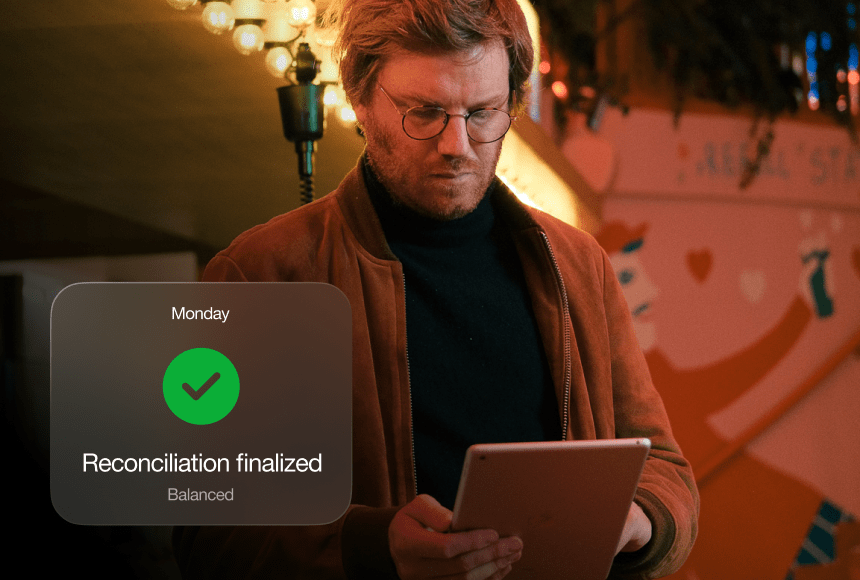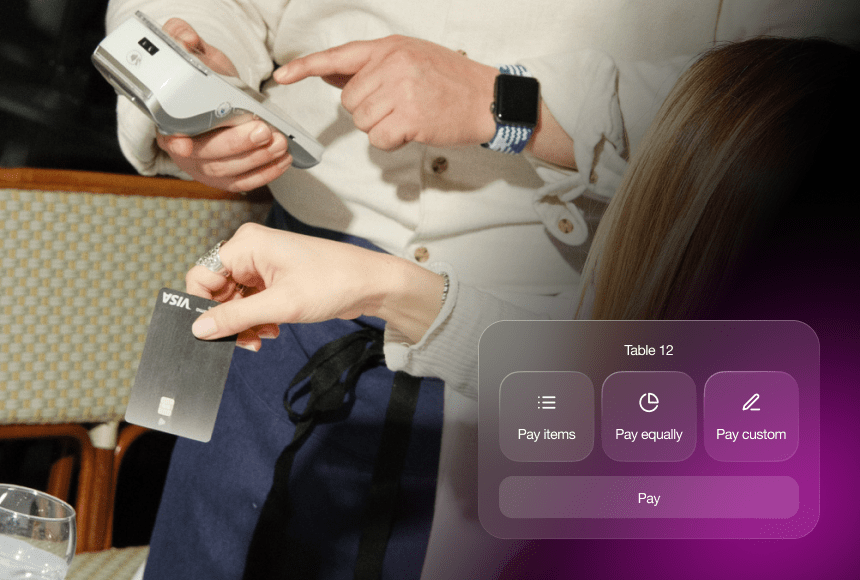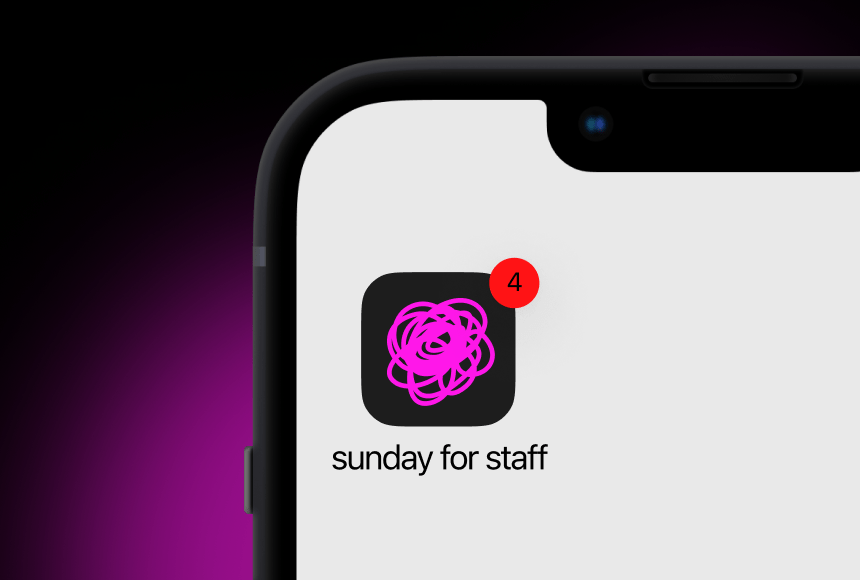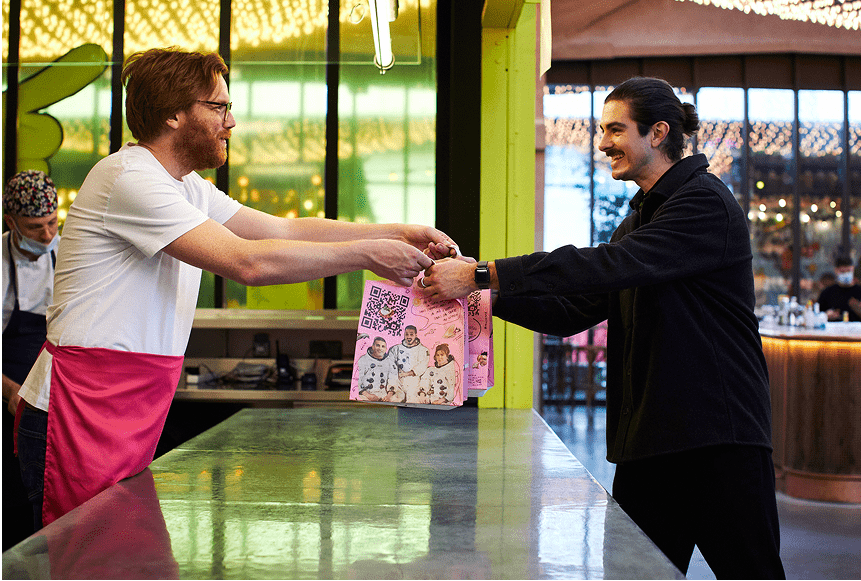
Why Streamlined Table Payments Are Transforming UK Dining
A Day in the Life of a Busy Restaurant Owner
Imagine you’re walking through your dining room, weaving between full tables, checking in on guests, and coordinating with the kitchen. The mood is cheerful, your tables are filled, and the buzz is exactly as you envisioned when you first opened your doors. But then a subtle tension arises—customers are glancing at their watches, occasionally catching your servers’ eyes. They’re ready to pay, and yet you have to scramble to manage card readers at six different tables simultaneously. This small friction—the waiting period, the awkward chasing of devices, the confusion over how to split the bill—might seem trivial. However, small frictions can compound into significant damage to revenue, brand image, and ultimately, guest satisfaction.
In the UK’s fiercely competitive restaurant market, every second counts. Customers are used to convenience in nearly every aspect of life, from mobile shopping to next-day deliveries. Slow, clunky table payments stand out as an obvious contrast to these modern comforts. Rather than focusing on delivering memorable dining experiences, you and your team find yourselves repeatedly apologising for the payment delays. Sound a bit too familiar?
Let’s dive into why these small payment frictions matter more than many restaurant owners realise, and how the right table payment technology—QR codes that let guests pay, leave tips, post a Google review, and even donate to a local charity—can help your establishment thrive in an era of ever-rising expectations.
When “Just a Minute” Becomes a Major Setback
In many UK restaurants, when diners signal for their bill, staff often offer a friendly “Just a minute, I’ll be right with you.” However, a minute can quickly turn into five or even ten minutes if your team is juggling multiple requests, especially during peak meal times. During that interval, diners do what people do best when they’re kept waiting: look at their phones, debate whether to order another drink, or become impatient.
Waiting for the card reader or payment terminal can seem like a minor inconvenience, but it often translates into:
- Lower table turnover: Slow payment processes mean tables remain occupied longer, preventing new customers from being seated.
- Lost sales opportunities: Guests who might have ordered an extra dessert, coffee, or cocktail are less likely to do so if they’re already thinking about leaving once the payment process begins.
- Reduced tipping: The more you test customers’ patience, the less inclined they may feel to offer a generous tip—if they leave one at all.
- Negative reviews: No one wants to be portrayed as “that restaurant where I spent 20 minutes just trying to pay.” Slow or cumbersome payments can drive disgruntled customers onto review platforms, impacting your online reputation.
According to a 2019 consumer survey by PaymentSense, more than one-third of UK diners cite waiting for the bill as a top frustration while eating out. A similar sentiment has been echoed in multiple industry publications. The conclusion is simple: time is currency, and if you’re making your customers spend too much of it in the payment process, you’re essentially leaching revenue from your own balance sheet.
The Hidden Costs of Delayed Payments
It’s one thing to annoy your customers with slow payments; it’s another to watch your P&L statement reflect the deeper losses. Here are some hidden costs of not having efficient table payments in place:
- Decreased staff productivity: Your servers spend extra time at each table taking payment, running back and forth to the point-of-sale system, or helping guests navigate splitting the bill. That’s time they could be dedicating to upselling, improving service quality, or ensuring the next wave of diners is seated promptly.
- Fewer table turns: If each table’s payment process is extended by, say, five minutes, factor that into only one additional table turn you might have managed at peak hours. Multiplied over a daily or weekly basis, that is a noteworthy revenue gap by the end of the month.
- Unfinished experiences: A clunky payment process can cut short a positive dining experience. Customers who might have been planning to linger for a dessert or an after-dinner drink often decide to forego it because they sense a payment bottleneck brewing.
All these costs underscore a simple fact: the friction in your table payments can shape your revenue curves. Even if your food is exceptional, a single frustration point at the end of the evening can dull a guest’s overall satisfaction.
How Table QR Codes Came to the Rescue
Given the digital leap many industries have taken, restaurants have been quick to explore innovations in payment technology. One standout solution now taking centre stage in the UK is the use of QR codes alongside reliable payment systems instead of legacy card readers alone.
Here’s what happens when you place a securely generated QR code at each table:
- Instant payment experience: Diners simply scan the code with their smartphone camera, view their bill, and settle up in seconds.
- Opportunity to leave a tip: Since the interface can prompt for a tip, guests have a gentle reminder to express gratitude for good service with just a tap.
- Potential for a quick review: Encouraging customers to share feedback on Google with a convenient link right after payment means you capture them at the height of satisfaction.
This newfound agility in the payment process means your staff can focus on what they do best: creating memorable dining experiences, greeting new arrivals, and elevating your service standards.
Furthermore, QR-based payment solutions can be integrated with your restaurant’s existing tech ecosystem. They can feed data into your point-of-sale, update inventory, and even provide analytics on popular menu items or average spend per table. For example, the solution from sunday offers real-time insights into transactions and user behaviour, which can benefit your overall business strategy.
Boosting the Bottom Line: A Case Study
Let’s look at how simplified table payments can translate into genuine revenue growth by sharing a fictional yet plausible scenario. Meet Lydia, the owner of “The Battered Haddock,” a cosy fish and chips spot in Brighton, UK. Lydia’s restaurant is beloved by locals for its crispy battered cod and light, airy interior. However, she noticed her weekends were hectic—and not in a good way.
Her staff often faced a bottleneck after the main course, with multiple tables wanting to pay at once, leading to confusion and stress. Then Lydia decided to implement a QR-code payment solution at each table. Within a few weeks, she saw:
- Increased sales of desserts and extra drinks: Freed from the worry of lengthy checkouts, customers felt more relaxed about spending a few extra pounds on a slice of homemade pie or a cappuccino.
- Higher team efficiency: Servers were now riding a calmer wave during the busiest shifts. This boosted morale and allowed them to focus on upselling, better table service, and spotting diners’ needs more quickly.
- A surge in positive reviews: At the end of payment, customers were nudged with a prompt to leave a quick Google review. Over two months, The Battered Haddock saw a 15% increase in online ratings, driving more foot traffic from curious new customers.
For Lydia, these results confirmed that reducing “table payment friction” was a game-changer—not just for her customers but for her balance sheet and brand reputation as well.
Key Reasons to Prioritise Table Payments
You might wonder: “Do I really need to integrate table QR codes if my old payment terminal still works?” However, as UK consumer behaviours evolve, the question becomes, “Can you afford not to?” Here’s why more restaurants are seeing the light:
- Changing consumer expectations: Contactless is the new normal. According to UK Finance, contactless payments have rapidly increased in popularity, signalling that diners want speed and convenience more than ever.
- Improved capacity: Smoother payments translate to quicker table turnover. And if you run a high-volume operation, the difference between turning tables two times versus three times during a rush can mean thousands of pounds in additional monthly revenue.
- Data-driven decisions: With modern, integrated solutions, you can gain real-time reports on average spend, tipping patterns, and even which menu items drive higher overall profits.
- Brand differentiation: Streamlined, tech-savvy experiences stand out. Word spreads quickly, especially when people love the comforting convenience of scanning a simple QR code instead of waiting in line or waving a card around.
Overcoming Common Concerns
Despite the persuasive numbers, some restaurant owners remain hesitant. Let’s address the top concerns:
- Guests aren’t tech-savvy: Even less tech-savvy guests typically know how to open their phone camera and scan a code. The user journey is simpler than searching for a Wi-Fi network.
- Security worries: Reputable QR payment platforms meet stringent security standards, encrypting data and protecting sensitive information. Encourage your customers to see it as a safer alternative to handing their card over multiple times.
- Upfront investment: While there might be an initial setup, the return on investment (ROI) can be felt quickly. Think of the extra revenue from a faster table turnover and the staff hours you save.
- Integration complexities: Many solutions, including that of sunday, mesh seamlessly with leading point-of-sale systems. You don’t need to ditch your existing setup to incorporate QR-based payments.
When put in perspective, these concerns pale in comparison to the potential boost in revenue, smoother operations, and happier customers.
Where Tips and Reviews Fit In
The benefits of pivoting to QR code-driven payments stretch beyond just speed. By offering a digital tip prompt, you create a friction-free pathway for gratitude to flow from customer to staff. Tipping becomes a quick tap rather than an afterthought.
Additionally, adding a prompt for a Google review instantly invites diners to reflect on their experience. Catching them at that sweet moment reduces the chance they’ll forget to post feedback once they leave your restaurant. The volume and freshness of reviews play a major role in local search rankings, so you’re not only making each transaction seamless but also strengthening your online presence. A simple nudge like “Enjoyed your meal? Share your thoughts!” might lead to the next person discovering your restaurant on page one of search results.
The Warmth of a Trustworthy Brand
If the technology behind table payment solutions feels a bit too digital, keep in mind that welcoming hospitality is at its core. The best platforms let your brand’s personality shine through. You can customise the payment page with your logo, a cheerful message, or even a heartfelt “Merci,” “Grazie,” or “Thank you” to reflect your culinary roots. Your guests will feel that there’s still a personal touch, even as the technology discreetly does its job.
Over in France, for instance, “vous” is the polite form that fosters respect between parties. In much the same spirit, a well-designed payment interface shows you’re respecting your customers’ time, comfort, and convenience. It’s much more than a transactional exchange: it’s an extension of your hospitality ethos.
Questions to Ask When Exploring Solutions
Should you decide to upgrade your table payment system, keep these questions in mind:
- Does it integrate with my existing POS? Seamless communication is key to avoid duplicating work.
- Is it user-friendly for both my staff and guests? Make sure the interface is intuitive from the start.
- Will it offer smart tipping features? Encouraging tips should be subtle and positive.
- What about customisation? Ideally, you’ll be able to add your branding, menu images, or promotional messages.
- Does it provide analytics? Having data to analyse peak hours, average ticket size, and turn times can help refine operations.
One final consideration is choosing a provider with a track record of reliability—sudden system outages can create more chaos than they solve. Read user reviews, check references, and test the payment flow thoroughly before going live.
Ready to Turn the Table on Payment Bottlenecks?
Dining out is meant to be fun, relaxed, and memorable. No one wants to end an evening of delicious, vibrant food by wrestling with a complicated bill. In a digital-first world, failing to keep up with convenient payment methods carries a real opportunity cost. When your guests feel that paying is as effortless as saying, “We’ll have the bill, please,” you create the perfect close to their meal experience.
At the same time, you empower your staff to focus on what truly matters—hospitality, product knowledge, and upselling—rather than playing catch-up with outdated payment hardware. Think of the difference that five or ten minutes shaved off each payment can make to your table turnover, overall guest satisfaction, and online reputation.
Small friction points have big ripple effects in the restaurant world. But with streamlined payment experiences, you can eliminate that final hurdle, let guests leave with a smile, and welcome a new wave of delighted customers who will talk about more than just your flavours—they’ll rave about your thoughtful, modern efficiency as well. Bon appétit to that!
Find out more today
Drop us your details below and we’ll reach out within the next 24
Get the full, detailed picture.
sunday elevates your business with insightful data, instant feedback and precise analytics.




